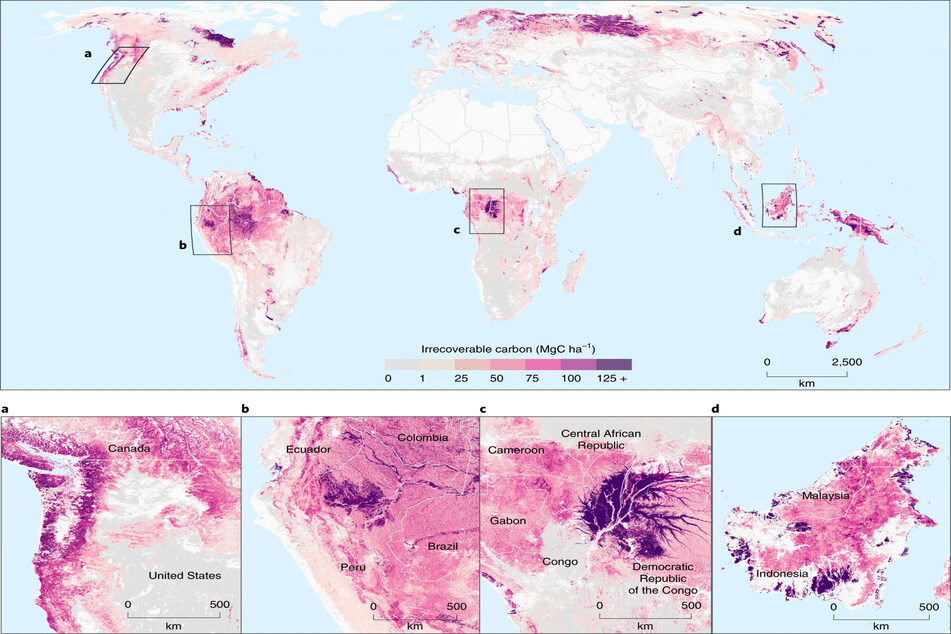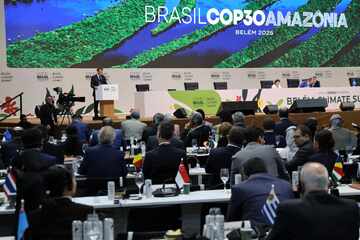Climate change can't be stopped if we destroy these parts of the world
New York, New York - A study published in the Nature Sustainability journal reveals the most important places in the world worth protecting, because protecting their stored CO2 is yet another piece to the puzzle of stopping climate change.

The study mapped out hotspots of stored CO2, like in forests or under permafrost, and explained which areas need special protection to help keep the average global temperature from warming too much.
Called "irrecoverable carbon", the CO2 that is in these areas couldn't be captured and stored again until after 2050, one of the deadlines for keeping climate change in check.
"Since 2010, agriculture, logging, and wildfire have caused emissions of at least four billion tons of irrecoverable carbon."
Those types of land-use change and the worsening impact of the climate crisis are now a looming threat to the remaining stored CO2.
However, there is some excellent news in the report, "Half of Earth’s irrecoverable carbon is concentrated on just 3.3% of its land."
That land includes the Pacific Northwest – the coastal forests stretching up the West Coast from Oregon into Canada – as well as "grasslands, wetlands, and forests" in Russia, the UK, the Amazon, Congo, Southeast Asia, and Australia.
One third of that vital stored carbon is already under the watchful eyes of indigenous activists and local groups, who keep tabs on environments that lock away CO2.
Another 23% is shielded by national parks and other protected areas, and keeping the remaining 50% safe is crucial to stopping climate change.
Cover photo: IMAGO / agefotostock (Stock)
